Long-haul flights can turn your body into a pretzel — and not the good kind. Hours of cramped seating, recycled air, and limited movement create a perfect storm for stiff joints, swollen feet, and that peculiar airplane zombie shuffle when you finally disembark. Yet with some strategic stretching and movement, you can arrive at your destination feeling surprisingly human.
Smart travelers know that preparation starts before takeoff and continues throughout the journey. Here is a list of 15 practical stretching tips that will keep your body loose and comfortable during those marathon flights.
Pre-flight prep routine
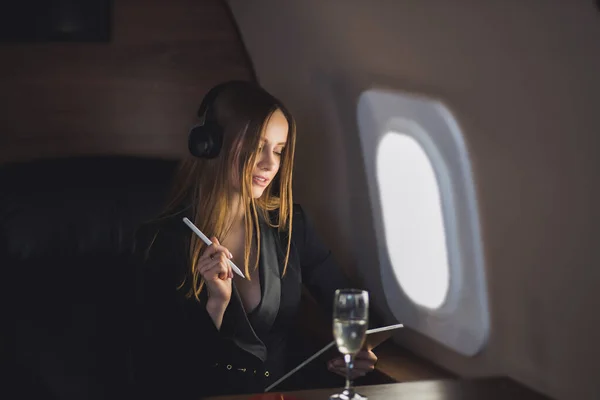
Starting your stretching routine at home sets the foundation for a more comfortable flight. Focus on your hip flexors, hamstrings, and lower back since these areas will bear the brunt of prolonged sitting.
A simple forward fold, gentle spinal twist, and calf raises can work wonders. Think of it as warming up your body’s engine before a long road trip — you wouldn’t start a cross-country drive with a cold engine.
Ankle circles while seated
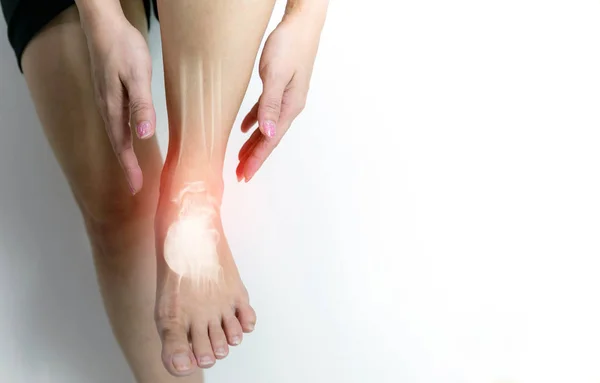
Your ankles become surprisingly stiff during flights, especially when your feet rest flat on the floor for hours. Lift one foot slightly and rotate your ankle in slow, deliberate circles — ten clockwise, then ten counterwise.
The motion promotes blood flow and prevents that pins-and-needles sensation. Switch feet and repeat every hour or so, treating it like a gentle wake-up call for your lower legs.
Like Travel Pug’s content? Follow us on MSN.
Calf raises from your seat
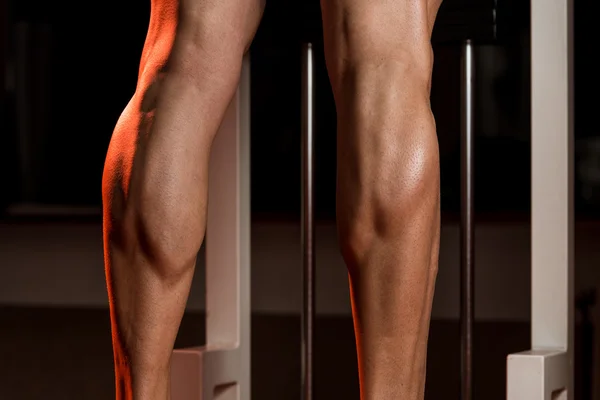
Even with limited legroom, you can still give your calves some love. Press the balls of your feet into the floor while lifting your heels as high as possible, then lower them slowly. This simple movement acts like a pump for your circulatory system — pushing blood back up toward your heart and preventing that heavy-leg feeling.
The beauty of calf raises is their stealth factor; nobody around you will even notice you’re exercising.
Seated spinal twist
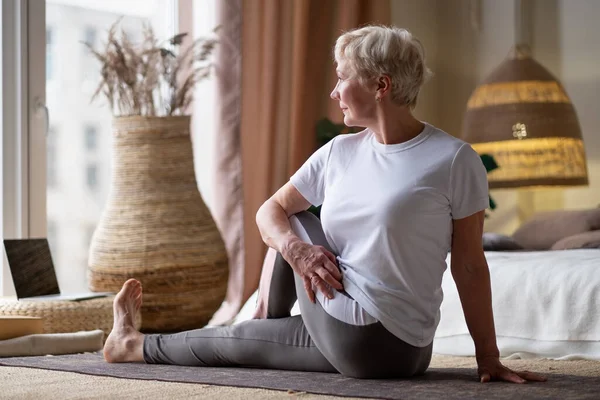
Airplane seats weren’t designed with spine health in mind, but you can counteract their effects with gentle twists. Place your right hand on your left knee, then slowly rotate your torso to the left while keeping your hips facing forward.
Hold for a few breaths, then switch sides. Your vertebrae will thank you for this mini massage, especially after hours of being locked in the same position.
Shoulder blade squeezes

Forward head posture becomes almost inevitable when you’re hunched over a tiny tray table or craning toward a small screen. Pull your shoulder blades together as if you’re trying to hold a pencil between them, hold for five seconds, then release.
This movement counteracts the rounded shoulders that develop during long flights. It’s like giving your upper back a gentle reminder of what proper posture feels like.
Like Travel Pug’s content? Follow us on MSN.
Neck side stretches
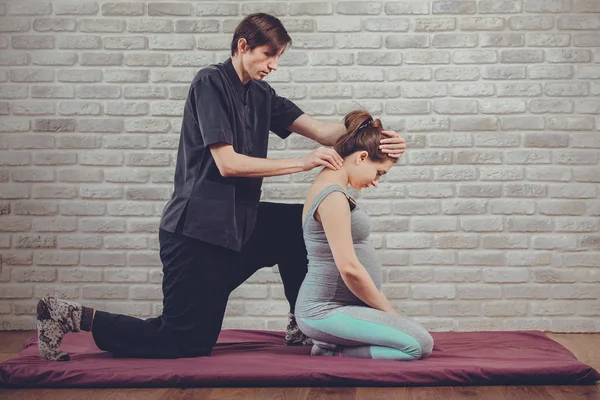
Your neck bears the weight of poor airplane ergonomics, literally. Gently tilt your head toward your right shoulder until you feel a stretch along the left side of your neck — avoid pulling with your hand.
Hold for 15 seconds, then repeat on the other side. The key is gentleness; airplane necks are already under enough stress from awkward sleeping positions and cramped seating angles.
Seated figure-four stretch
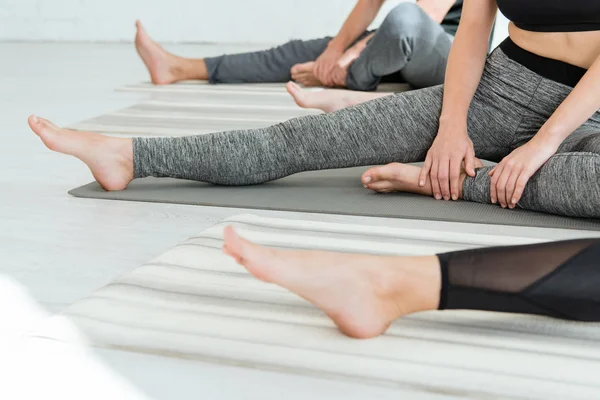
This classic hip opener works even in economy class, though you might need to get creative with the limited space. Rest your right ankle on your left knee, then gently lean forward while keeping your back straight.
You’ll feel the stretch in your right hip and glute — areas that tighten considerably during long periods of sitting. Don’t worry if you can’t lean forward much; even a small movement creates meaningful relief in chronically tight hip muscles.
Standing calf stretch
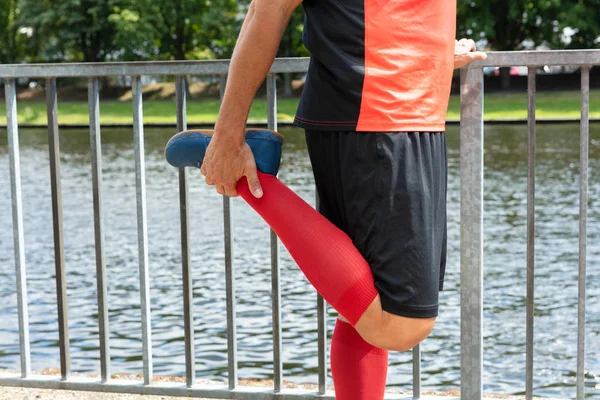
When the seatbelt sign is off and it’s safe to move around, make your way to an open area near the galley or restroom. Place your hands against the wall, step your right foot back about three feet, and press your heel into the ground.
This deeper stretch reaches parts of your calf that seated exercises simply can’t touch. The wall provides stability while allowing you to control the intensity of the stretch safely.
Like Travel Pug’s content? Follow us on MSN.
Aisle walking meditation
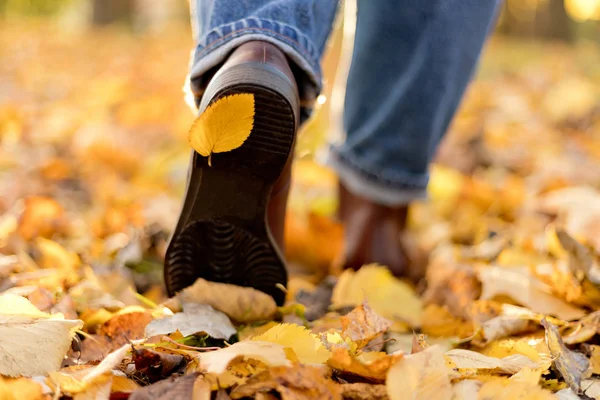
Transform your mandatory movement breaks into something more purposeful than just shuffling to the bathroom. Walk slowly and deliberately, focusing on how each step feels after hours of immobility.
Roll through your feet from heel to toe, and let your arms swing naturally. Even five minutes of mindful walking can reset your entire system and remind your legs they’re designed for movement, not just sitting.
Seated forward fold
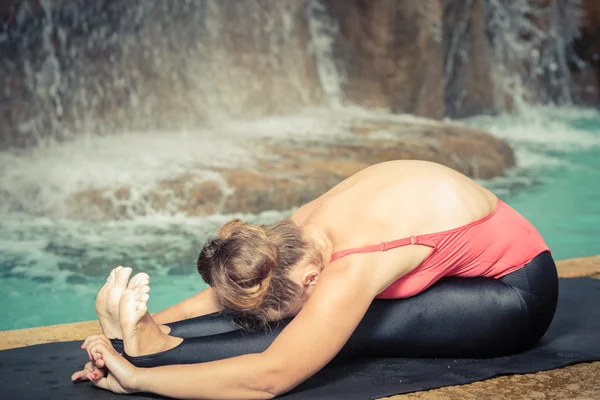
When you need to stretch your entire posterior chain — your back, glutes, and hamstrings — this move delivers maximum impact in minimum space. Sit toward the edge of your seat, hinge forward from your hips (not your back), and let your arms hang naturally.
The gentle inversion also gives your spine a break from fighting gravity. This position feels particularly good if you’ve been leaning back in your seat for hours on end.
Hip flexor stretch standing
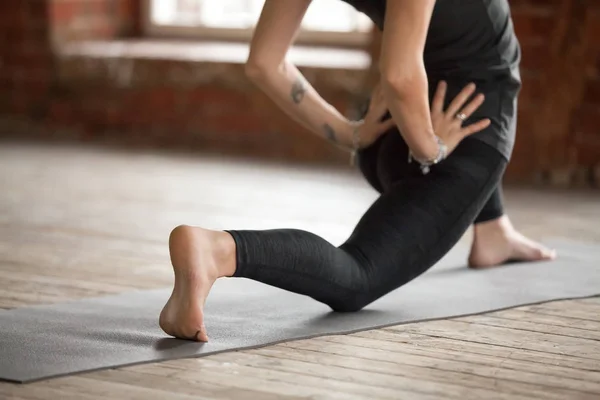
During one of your aisle excursions, find a spot where you can safely step into a lunge position. Your hip flexors — the muscles that connect your thighs to your pelvis — become chronically shortened during prolonged sitting.
A gentle lunge stretch opens them back up and can immediately improve how you feel when walking. Think of it as unlocking the front of your hips after they’ve been compressed for hours.
Like Travel Pug’s content? Follow us on MSN.
Seated hamstring stretch
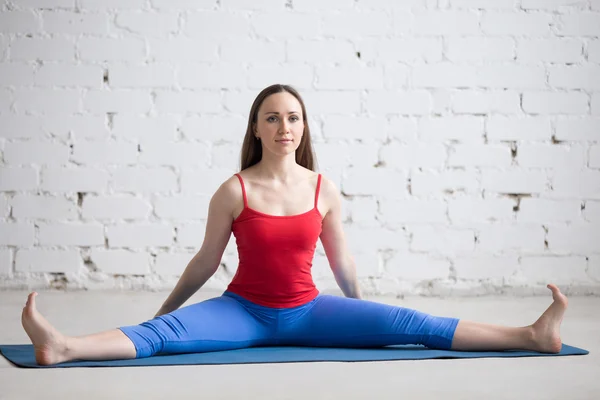
Extend one leg straight out (if space allows) or rest your heel on the floor with your leg as straight as possible. Flex your foot and lean forward slightly from your hips.
Your hamstrings work overtime to maintain your seated position, so they deserve some dedicated attention. Switch legs and repeat after holding for 20–30 seconds, breathing deeply to encourage the muscle to release its tension.
Upper back extension
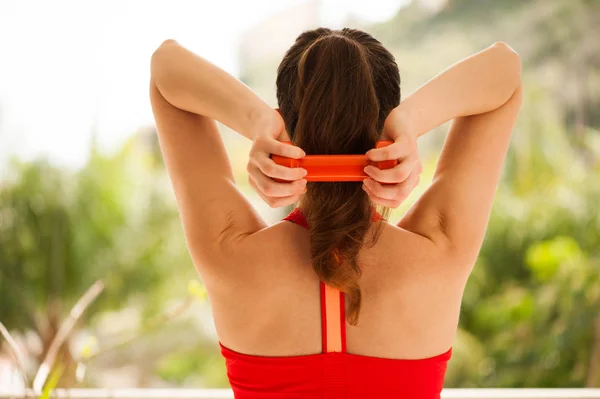
Counter all that forward hunching with some backward movement. Interlace your fingers behind your head, lift your chest, and gently arch your upper back over the seat.
This feels particularly good if you’ve been leaning forward to work on a laptop or read. Don’t force it — just encourage your spine to remember what good posture feels like after hours of slouching forward.
Wrist and finger stretches
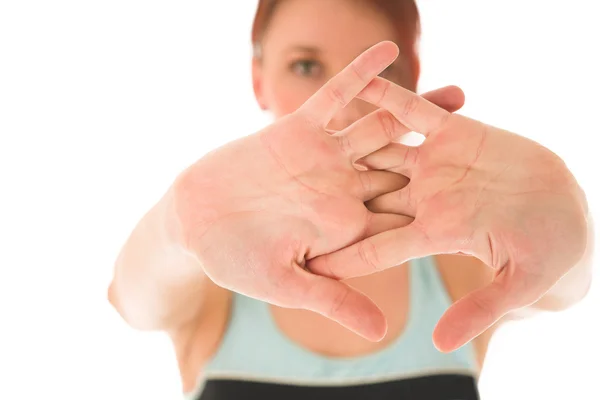
Hours of gripping armrests, typing, or holding devices can leave your hands and wrists surprisingly tight. Extend one arm forward, use your other hand to gently pull your fingers back toward your body, then flex your wrist in the opposite direction.
Your hands do more work during flights than you might realize, from managing luggage to navigating entertainment systems. These small joints appreciate attention just as much as the larger muscle groups in your legs and back.
Like Travel Pug’s content? Follow us on MSN.
Post-landing recovery routine
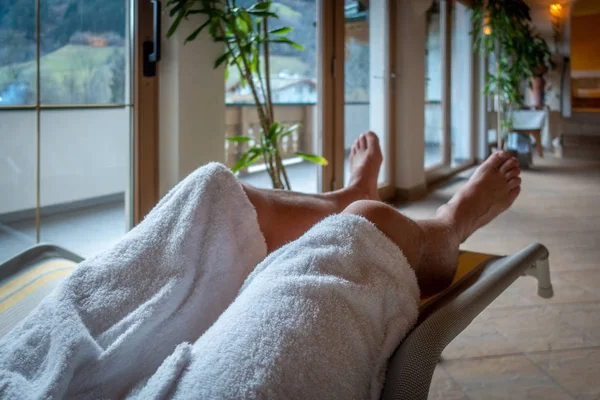
Once you’ve escaped the aircraft, resist the urge to immediately rush toward baggage claim. Instead, find a quiet corner and spend five minutes doing some deeper stretches — lunges, forward folds, and gentle backbends.
Your body has been compressed for hours; give it time to remember its full range of motion. This brief investment in recovery can make the difference between feeling refreshed or dragging yourself through the rest of your travel day.
Moving forward with confidence
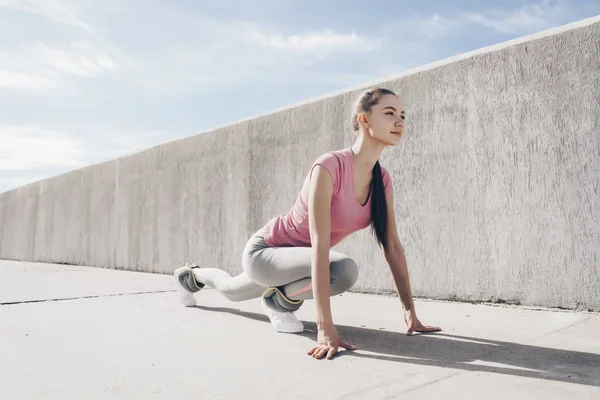
These stretching strategies transform air travel from an endurance test into a more manageable experience. While you can’t change the fundamental constraints of airline seating, you can absolutely change how your body responds to those constraints.
The key lies in consistency rather than intensity — small movements performed regularly throughout your flight create far better results than trying to cram everything into one major stretching session. Your future self will appreciate the investment, whether you’re stepping off a two-hour domestic flight or emerging from a trans-Pacific marathon. Safe travels, and remember that a little movement goes a long way at 30,000 feet.
More from Travel Pug

- 20 Best Beach Towns in the Carolinas
- 13 Destinations Where Tourists Regularly Regret Their Trip
- 20 Things You Actually Get in First Class
- 20 Small Airports With Aviation Museums
- 20 Places in the U.S. That Are Perfect for a Reset Trip
Like Travel Pug’s content? Follow us on MSN.
